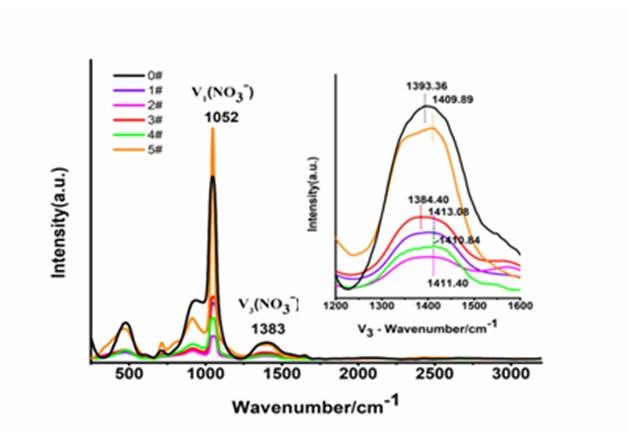As a new energy technology, solar thermal power generation technology is the key development direction of the country's energy planning during the “Twelfth Five-Year Plan” period, and it is also the main technical field for promoting the “energy saving and efficiency improvement” strategy. As the core technology of solar thermal power generation, the selection and preparation of heat storage materials is particularly important. Molten salt has many unique performance advantages such as large heat capacity, low viscosity, low vapor pressure and wide temperature, making it the first choice for photothermal power storage material.
China has abundant solar energy resources, especially on the Qinghai-Tibet Plateau. The annual total solar radiation in Qinghai Province is above 2000kWh/m2, and the annual sunshine hours are over 3200 hours. It also has the conditions of grid access, cooling water source and a large amount of desertified land, which is very suitable for the construction of large-scale solar thermal power stations. Salt Lake in Qinghai Province is rich in potassium, magnesium and sodium salts, which can reduce the production cost of related phase change energy storage materials, and will help promote the scale development of solar energy and the adjustment and optimization of energy structure.
Professor Wang Min's research team, from Salt Lake Resources Chemistry Laboratory, carried out basic research on molten salt energy storage materials by using potassium, sodium and magnesium salts rich in salt lake resources in the Qaidam Basin of Qinghai as raw materials. This not only provides a theoretical basis for the preparation of nitrate molten salt heat storage materials, but also opens up more possibilities for its application in photothermal power generation. For details, see Salt Lake Research, 2018, Issue 2, “Research Highlights”, pages 1-8.
